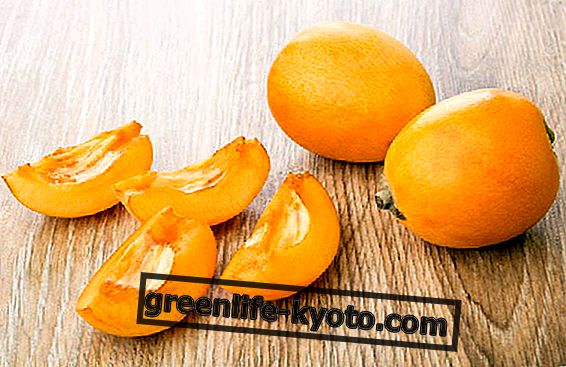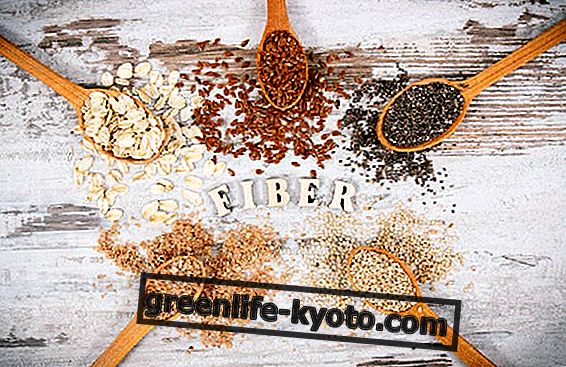Curated by Maria Rita Insolera, Naturopath
The Arab bread is a typical Turkish bread, very crushed, little cooked, similar to the Italian piadina (but more elastic) produced with wheat flour. It is eaten rolled and usually filled with kebabs. Let's find out better.

Properties and benefits of Arab bread
Arab bread, like other varieties of bread, is a good source of energy .
It provides vitamins and mineral salts, facilitates bowel movement and gives a sense of satiety which makes it a valid support in dietary diets.
From the nutritional framework of durum wheat flour, there is a high content of proteins, gluten and dietary fiber. The presence of carotenoids, lutein and beta-carotene, powerful antioxidants, very important substances to prevent cellular aging and useful in the prevention of some cancers is also noteworthy.
Good is also the contribution of mineral salts such as potassium, iron and phosphorus and vitamins (thiamine and niacin). Arab bread has a lower glycemic index than common bread. Since it contains gluten, it is not indicated for those suffering from celiac disease.
Calories and nutritional values
Arabic bread has a caloric intake of 275 kcal per 100 g of product, 3.7% of fat, 83.1% of carbohydrates and 13.2% of protein. The nutritional values of Arab bread are remarkable, in fact it provides proteins, mineral salts and vitamins of the B group .
Production of Arab bread
Arabic bread is a type of flat bread but which has undergone leavening ; the recipe involves mixing wheat flour, water and sourdough.
Durum wheat flour is obtained by grinding durum wheat, or Triticum durum. Arabic bread is a typical bread of Middle Eastern cuisine (Afghanistan and Turkey), Mediterranean (Greece) and North Africa.
Arabic bread is ideal to be accompanied with special sauces. Its characteristic "pocket" shape makes it an ideal medium to introduce kebabs or traditional foods from the Middle East.
Arabic bread recipe
Ingredients
- 500 g durum wheat flour
- 20 g brewer's yeast
- 300 ml of water
- 2 teaspoons of salt
Method
Dissolve the yeast in a bowl where 150 ml of warm water is poured. Then add a portion of flour and salt. Mix the mixture well and gradually add the other flour and the remaining water. The dough that forms should be worked vigorously for a few minutes.
Then transfer the resulting mixture onto a floured surface and knead it again for another ten minutes to make it elastic. Divide the dough into loaves and after flattening them so as to have discs, leave them to rise for about half an hour.
Once the resting time is over, transfer the discs of Arabic bread to the preheated oven at 250 ° C. When cooked, leave to cool and then stuff the Arabian bread pocket with the desired ingredients.













